
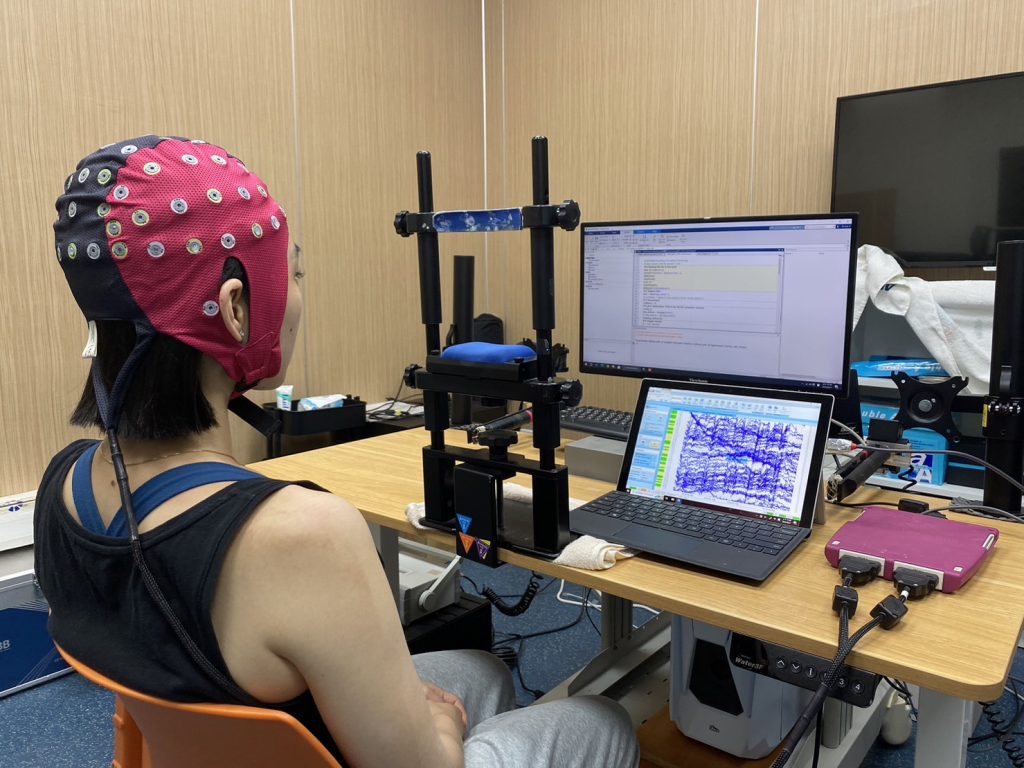
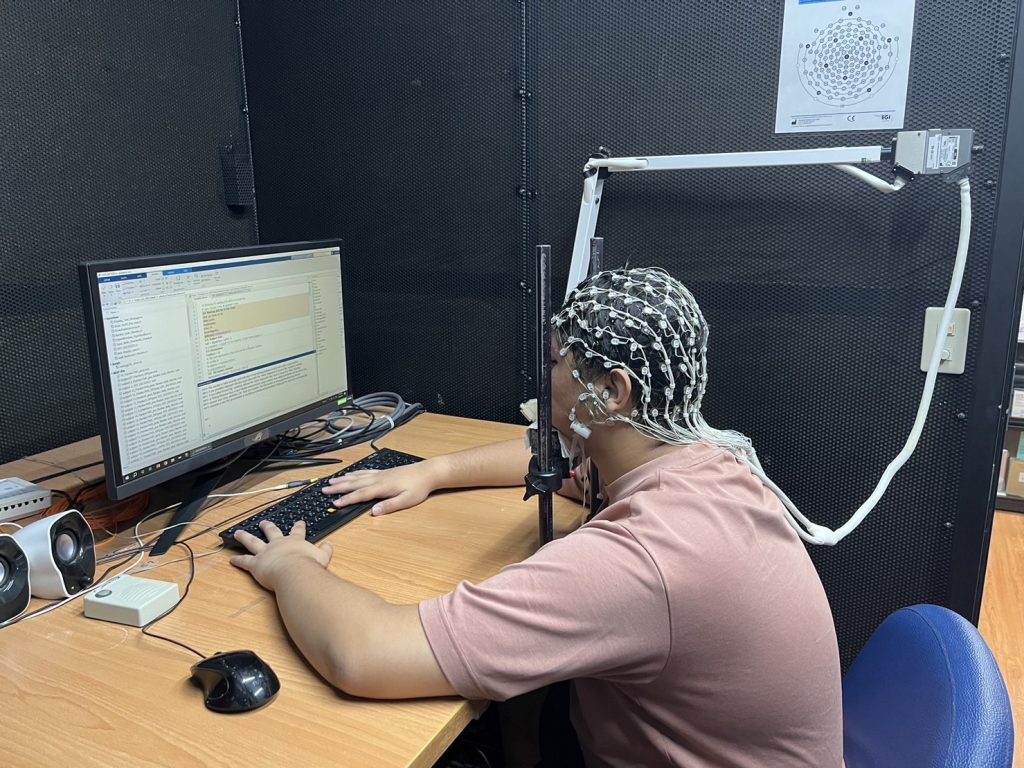


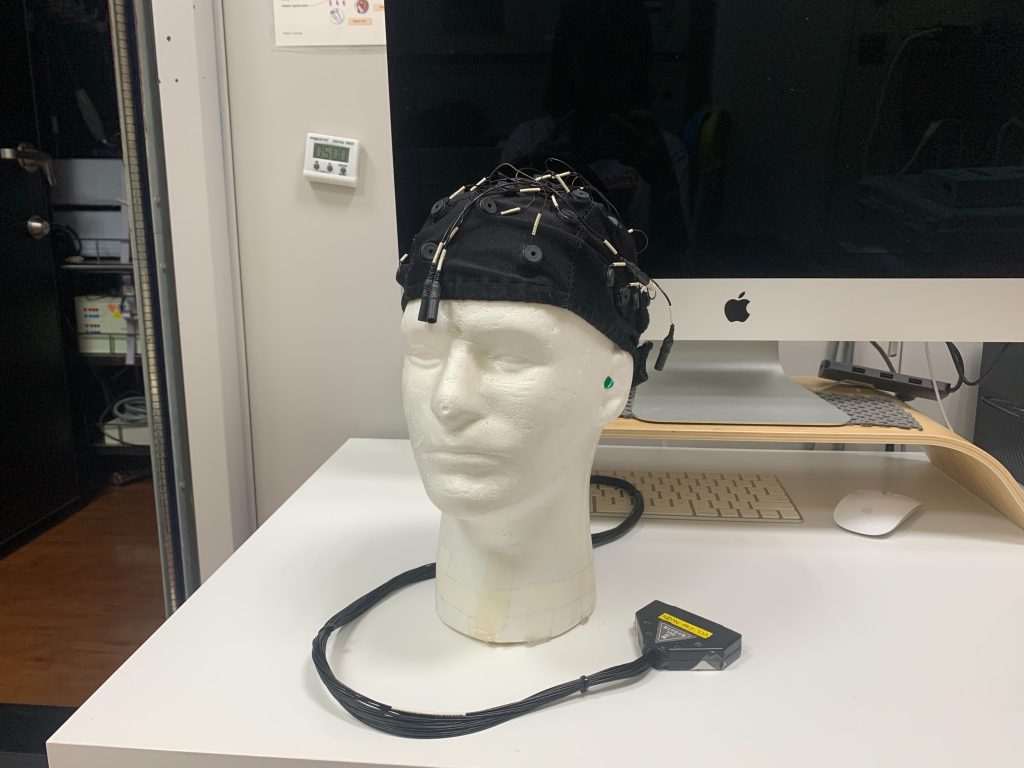
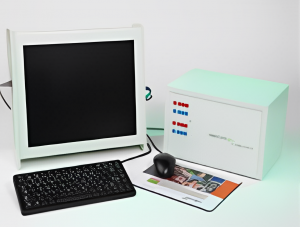
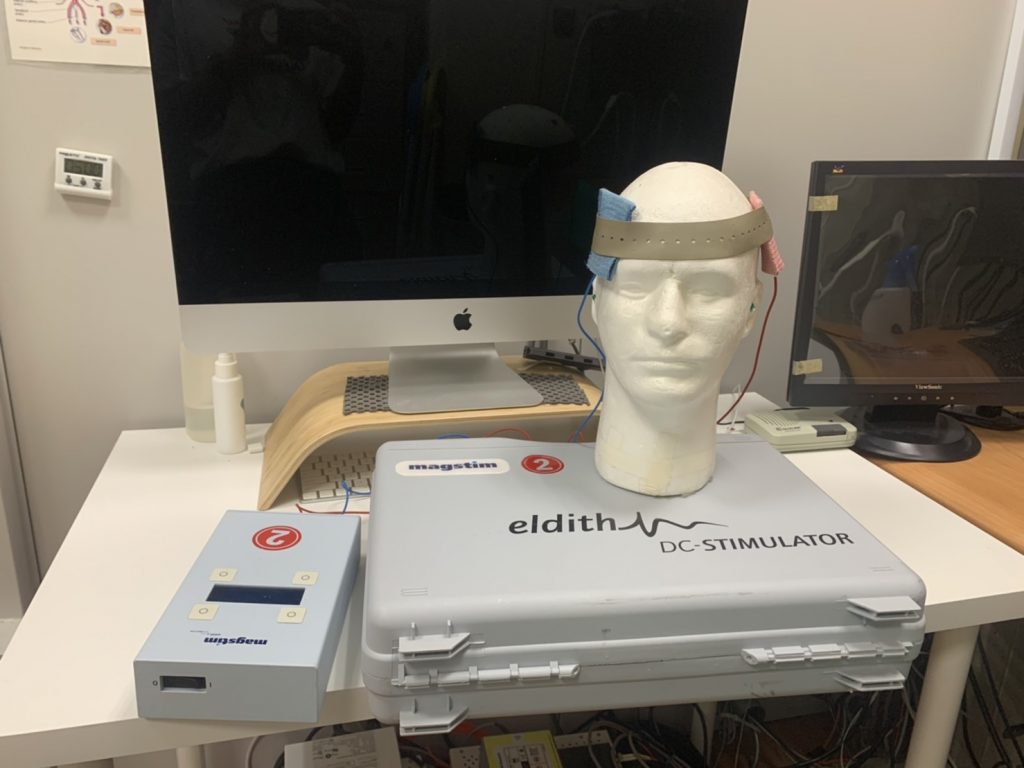

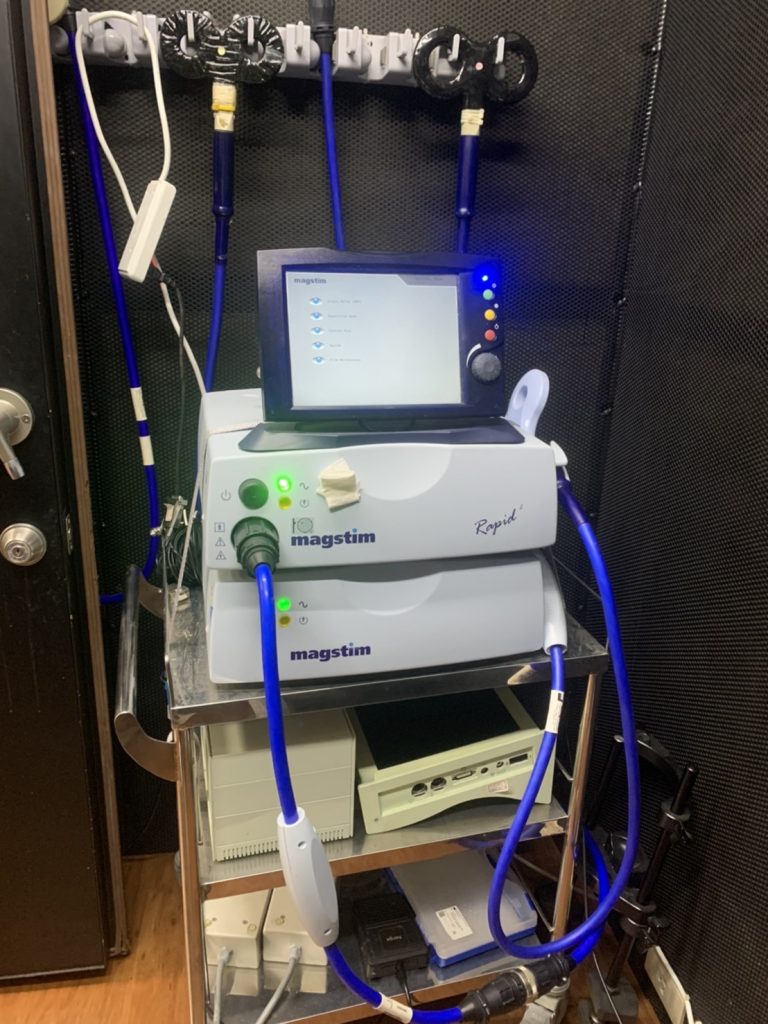


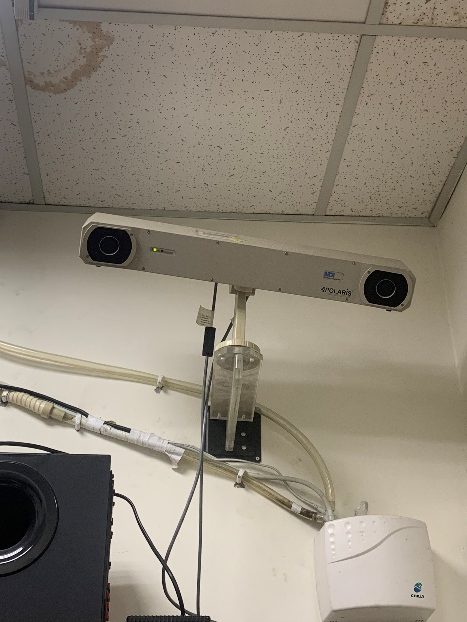


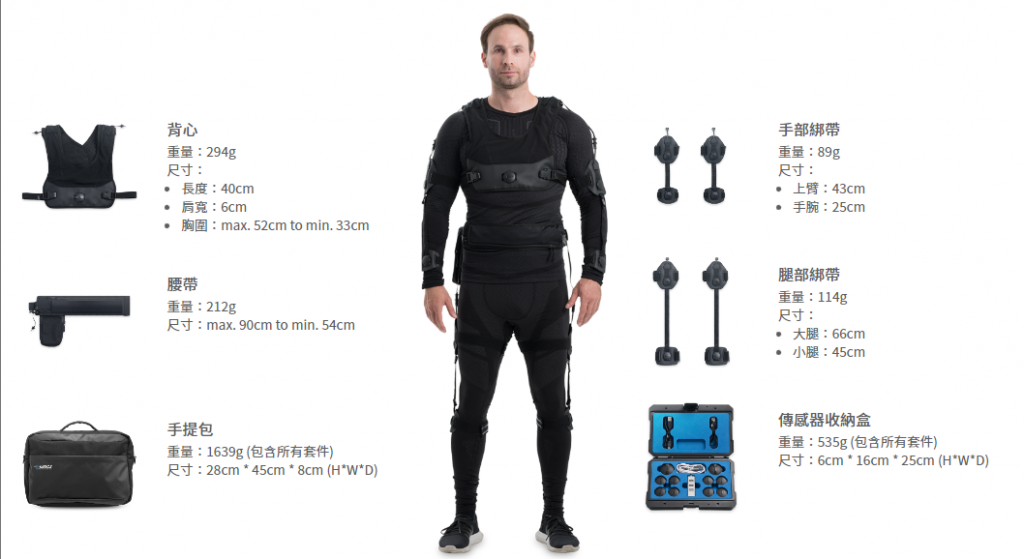


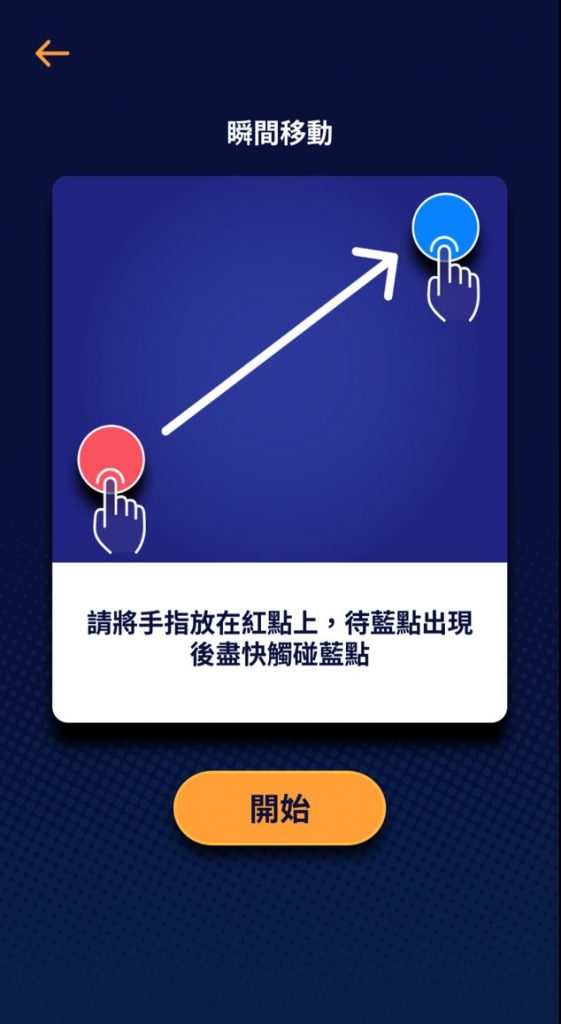






HHSA is based on the Hilbert-Huang transform (HHT) invented by Academician Huang E in 1998, and combined with a large amount of research data obtained from the Institute of Cognitive Neuroscience and Brain Science to conduct repeated trial calculations, optimization and verification, and further developed a new HHSA nonlinear dynamic data analysis method, HHT can effectively improve the shortcomings of traditional linear analysis methods, and has been widely used in research on biological signals, blood pressure changes and arrhythmias, geophysical detection, earthquake engineering, structural damage detection, etc.
The original HHT paper published in 1998 has been cited more than 26,800 times (Google Scholar). However, although HHT can analyze many important information in nonlinear signals, it still cannot solve the problem of three-dimensional or multi-dimensional nonlinear and unsteady data interaction. HHSA can accurately reveal the nonlinear effect caused by multiplication of different frequency bands in neural signals in the form of high-dimensional data, as well as the adjustment effect caused by different amplitudes in the same frequency band, so it can reflect the complex nonlinear and nonlinear effects in the brain system. Steady state of comprehensive directional neural activity.
In 2016, our team published the self-developed HHSA method in the journal Philosophical Transactions of The Royal Society A: Mathematical, Physical and Engineering Sciences; this research result uses this method to break through the difficulty of effectively analyzing nonlinear and unsteady data using traditional analysis methods. bottleneck and achieve revolutionary innovation progress.

The research team used HHSA to explore relevant research results on the nonlinear and dynamic neural mechanisms of cognitive function (Juan et al., 2021; Liang et al., 2021; Nguyen et al., 2019), (A) Analyzing steady-state visual induction The potential-evoked brainwave signal has verified that HHSA can surpass the traditional Fourier transform analysis method, (B) and effectively analyze the nonlinear dynamic characteristics of the signal. In addition, (C) the functional neural oscillation connection analysis method derived from HHSA was applied to the study of working memory, and it was found that theta phase and beta amplitude oscillation frequency are the key neural oscillation connections for working memory.
Tel
03-4227151 ext.65210
Fax
03-4263502
Email
ciphncu@ncu.edu.tw
Address
Room 607, 6th Floor, Science Building 5, No. 300, Zhongda Road, Zhongli District, Taoyuan City, Taiwan, R.O.C.
© 2023 Cognitive Intelligence & Precision Healthcare, National Central University. All Rights Reserved.